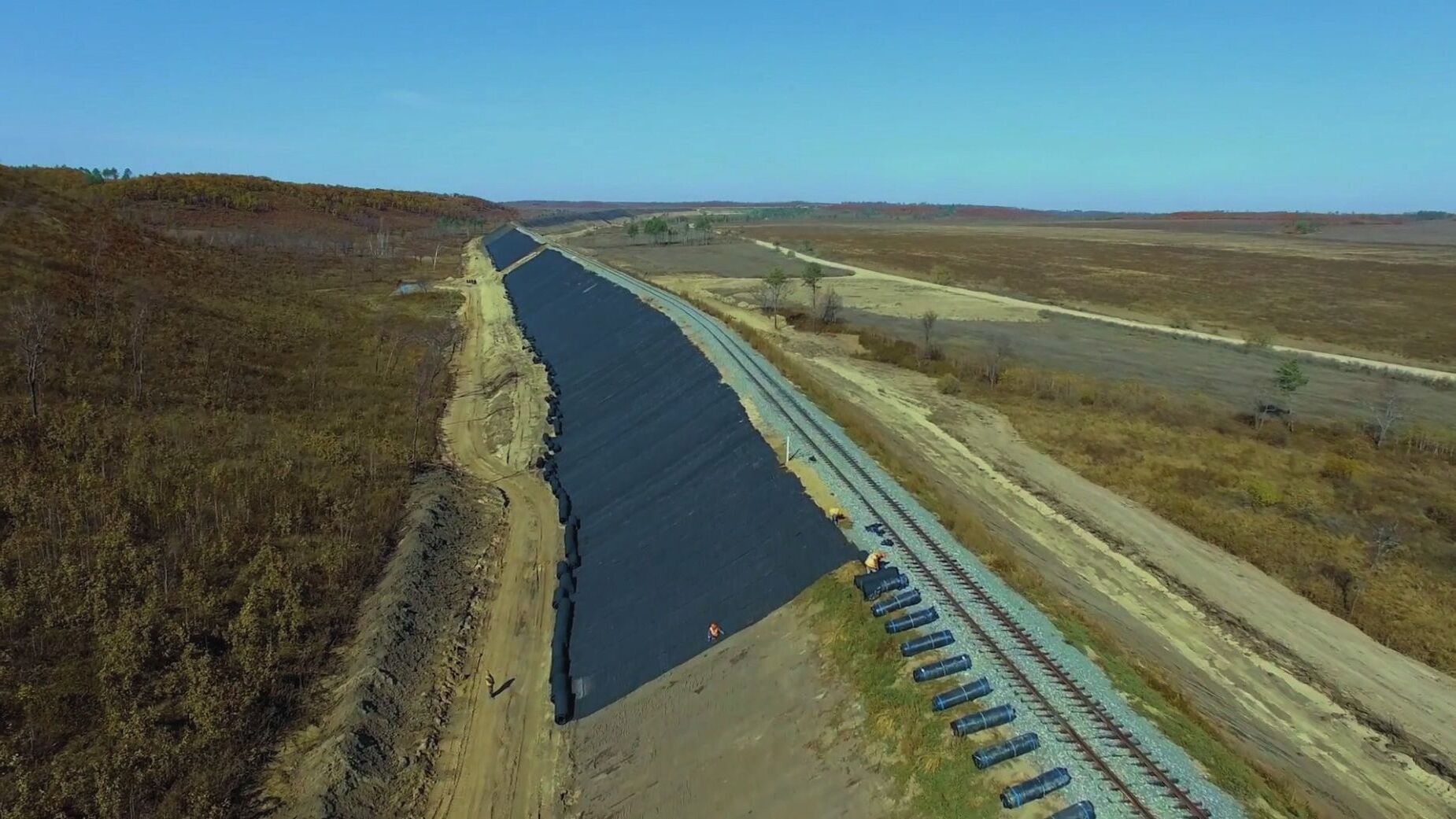
Erosion control is a vital practice for preserving soil health and preventing environmental damage. But what exactly is erosion control? Erosion control refers to methods used to prevent soil, rock, and other materials from being displaced by wind, water, or human activity. This practice is crucial for maintaining landscapes, protecting water quality, and ensuring the stability of structures. From simple techniques like planting vegetation to advanced solutions like geotextiles, erosion control encompasses a variety of strategies. Understanding these methods can help you protect your property and contribute to environmental conservation. Ready to learn more? Here are 21 facts about erosion control that will deepen your knowledge and appreciation for this essential practice.
What is Erosion Control?
Erosion control involves methods to prevent soil, sand, and rock from being displaced by wind, water, or other natural forces. This practice is crucial for maintaining landscapes, protecting water quality, and preventing property damage.
- Erosion control helps prevent soil loss, which is vital for agriculture and maintaining fertile land.
- Vegetation plays a significant role in erosion control by stabilizing soil with roots.
- Mulching is a common erosion control method that involves covering soil with organic or inorganic materials.
- Terracing, creating stepped levels on slopes, reduces water runoff and soil erosion.
- Retaining walls are structures built to hold back soil and prevent landslides.
Why is Erosion Control Important?
Understanding the importance of erosion control can help communities and individuals take action to protect their environment and property.
- Erosion control helps maintain water quality by preventing sediment from entering water bodies.
- It reduces the risk of flooding by managing water flow and absorption.
- Erosion control protects infrastructure like roads, bridges, and buildings from damage.
- It preserves natural habitats by maintaining stable landforms and preventing habitat loss.
- Erosion control can prevent costly repairs and property damage.
Methods of Erosion Control
Various techniques are used to manage and prevent erosion, each suited to different environments and situations.
- Riprap involves placing large rocks along shorelines or slopes to absorb and deflect water energy.
- Silt fences are temporary barriers used to trap sediment in construction areas.
- Gabions are wire cages filled with rocks, used to stabilize slopes and prevent erosion.
- Geotextiles are permeable fabrics that reinforce soil and prevent erosion.
- Contour plowing involves plowing along the contours of the land to reduce water runoff and soil erosion.
Natural Erosion Control Solutions
Nature provides several effective ways to control erosion, often more sustainable and environmentally friendly than man-made solutions.
- Planting trees and shrubs can significantly reduce erosion by stabilizing soil with their root systems.
- Cover crops, like grasses and legumes, protect soil from erosion during off-seasons in agriculture.
- Wetlands act as natural buffers, absorbing water and reducing erosion along shorelines.
- Prairie restoration involves replanting native grasses and plants to stabilize soil and reduce erosion.
- Using natural barriers, like logs and brush, can slow water flow and reduce erosion on slopes.
Erosion Control in Urban Areas
Urban environments face unique erosion challenges due to increased impervious surfaces and construction activities.
- Green roofs, which involve growing vegetation on rooftops, can reduce runoff and erosion in urban areas.
Erosion Control Matters
Erosion control isn't just about keeping soil in place. It's about protecting our environment, preserving landscapes, and ensuring sustainable agriculture. From planting vegetation to using geotextiles, there are many ways to combat erosion. Each method has its own benefits and challenges, but all aim to reduce the impact of water and wind on soil.
Understanding these techniques helps us make informed decisions about land management. Whether you're a farmer, gardener, or just someone who cares about the planet, knowing how to control erosion can make a big difference.
By taking steps to prevent erosion, we can protect our water quality, reduce flooding, and maintain healthy ecosystems. So, next time you see a bare patch of soil, think about what you can do to keep it in place. Erosion control is everyone's responsibility.
Was this page helpful?
Our commitment to delivering trustworthy and engaging content is at the heart of what we do. Each fact on our site is contributed by real users like you, bringing a wealth of diverse insights and information. To ensure the highest standards of accuracy and reliability, our dedicated editors meticulously review each submission. This process guarantees that the facts we share are not only fascinating but also credible. Trust in our commitment to quality and authenticity as you explore and learn with us.


